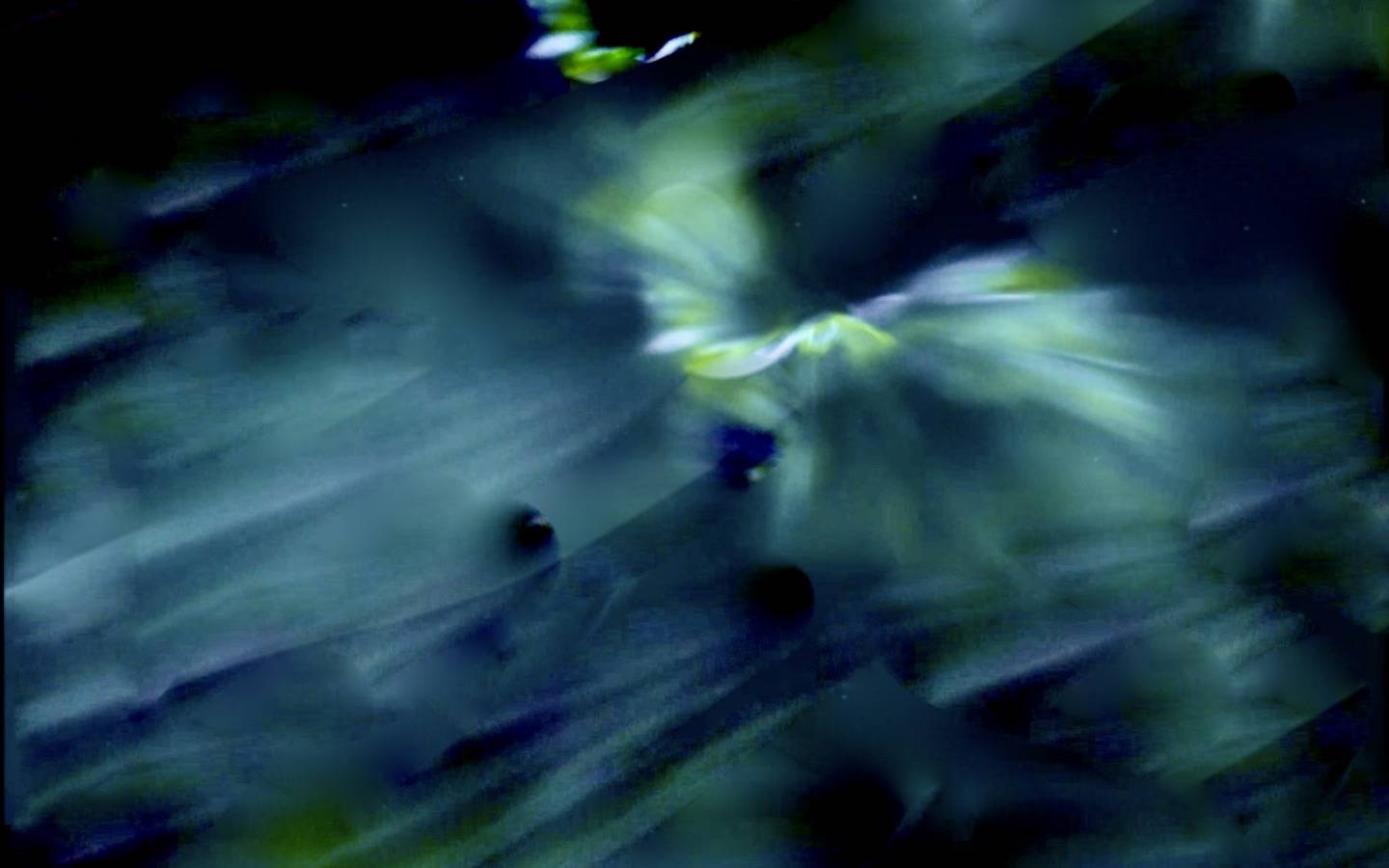The starting point of this article is the uncircumventable interference of observational instruments in our observations of nature in quantum physics and, thus, in the constitution of quantum phenomena vs. classical physics or relativity, where this interference can be disregarded or controlled, enabling one to represent the independent behavior of the objects considered. This difference, seen by N. Bohr as the principal difference between quantum and classical physics, grounded his interpretation of quantum phenomena and quantum mechanics, developed by him through his concept of complementarity and, in the ultimate version of his interpretation, introduced in the late 1930s, his concept of (quantum) phenomenon. Bohr’s ultimate interpretation belongs to the class of interpretations defined in this article as realitywithout-realism (RWR) interpretations. The interpretation offered in this article follows Bohr’s ultimate interpretation but adds several new concepts. The article reconsiders, from the standpoint of this interpretation, the concepts of event, temporality, and causality in quantum physics, by introducing the concepts of quantum causality, juxtaposed to classical causality grounding classical physics and relativity, and the arrow of events, which replaces the concept of the arrow of time, commonly used in this context.
read here

